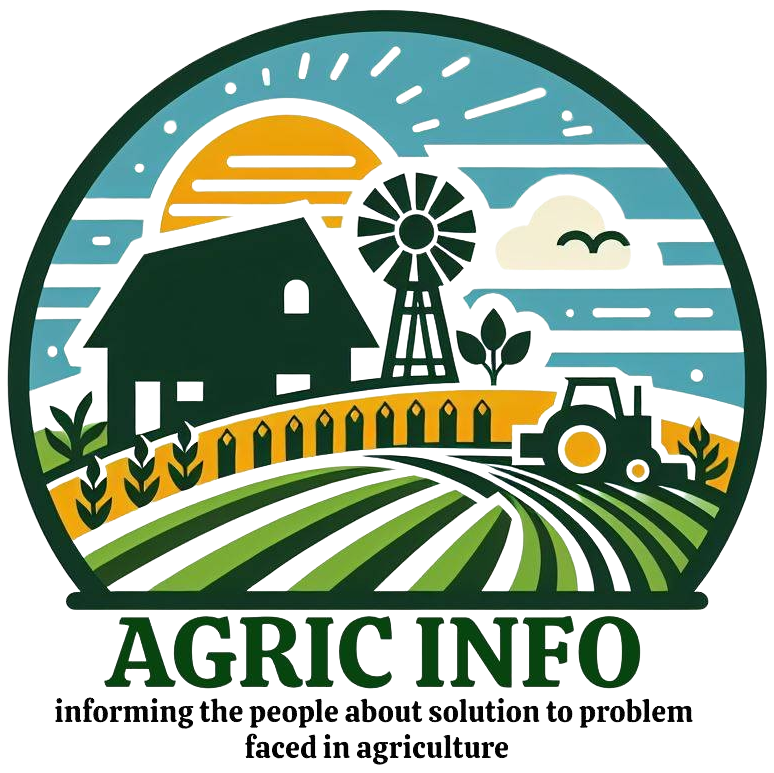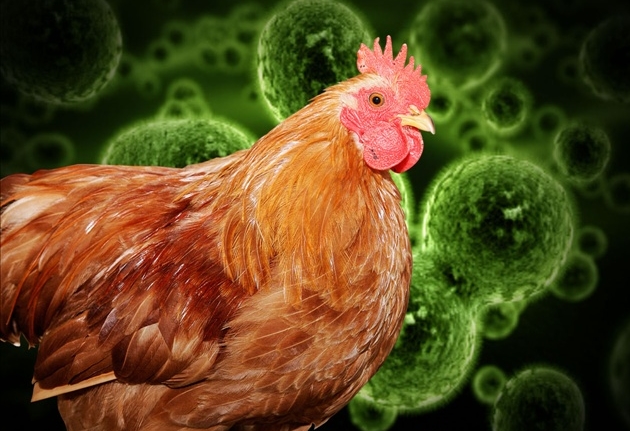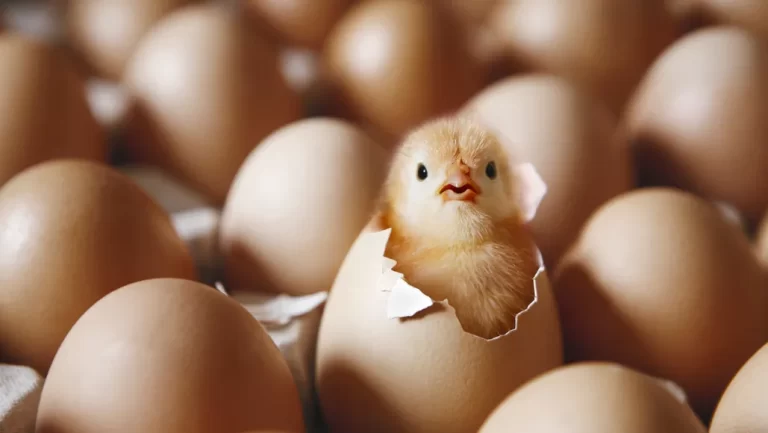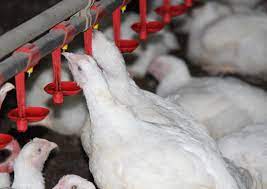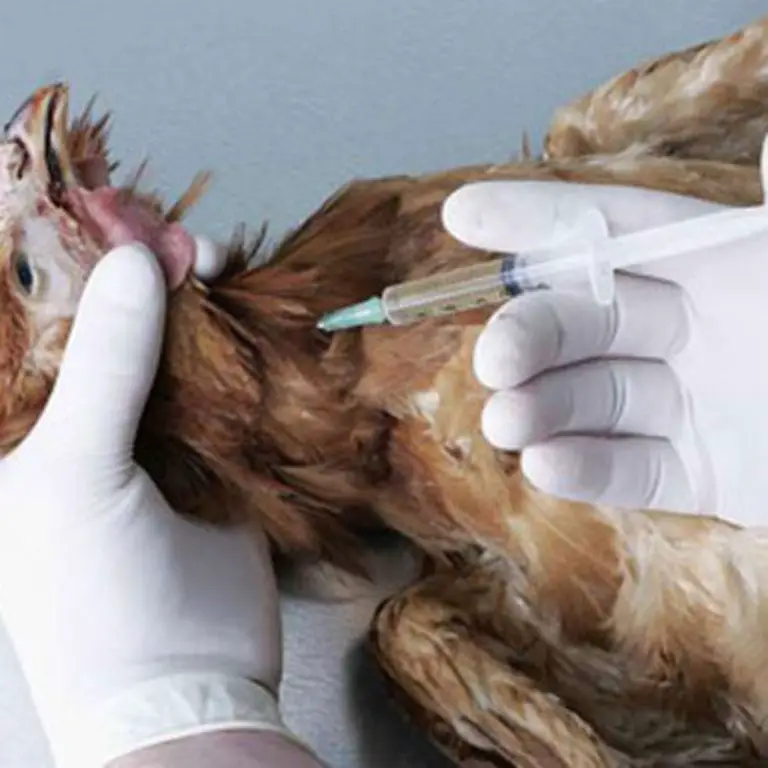How to Treat and Prevent Coccidiosis in Poultry
Coccidiosis is a common and potentially devastating disease in poultry caused by the protozoan parasite Eimeria. It is a major concern for poultry producers, as it can lead to significant economic losses due to decreased growth, poor feed conversion, and increased mortality.
Coccidiosis is spread through the ingestion of oocysts, which are shed in the feces of infected birds. Once ingested, the oocysts release sporozoites that invade the intestinal lining, leading to the development of new oocysts and the cycle continues.
In this article, we shall provide you with legitimate details concerning how to treat and prevent Coccidiosis in Poultry. Just stay glued.
What is Coccidiosis in Poultry?
Coccidiosis is a parasitic disease that affects poultry, causing diarrhea, weight loss, and even death in severe cases. It is caused by a group of protozoan parasites called coccidia, which are spread through contaminated litter, water, and feed.
The disease can have a significant economic impact on poultry production due to reduced growth rates, decreased egg production, and increased mortality rates. Prevention measures include proper management of litter, biosecurity practices, and the use of coccidiostats in feed.
Types of Coccidiosis in Poultry
Several species of coccidia can affect poultry. Here are some of the most common types:
- Eimeria Tenella
- Eimeria Acervulina
- Eimeria Maxima
- Eimeria Necatrix
- Eimeria Brunetti
- Eimeria Praecox
- Eimeria Mitis
- Eimeria Gallopavonis
- Eimeria Meleagrimitis
1. Eimeria Tenella
This species is known for causing severe damage to the ceca of chickens. It is one of the most pathogenic species of coccidia and can cause high mortality rates in infected flocks.
2. Eimeria Acervulina
This species primarily affects the upper small intestine of chickens. It can cause reduced feed efficiency and weight gain in infected birds.
3. Eimeria Maxima
This species primarily affects the lower small intestine of chickens. It can cause bloody diarrhea and reduced egg production in infected hens.
4. Eimeria Necatrix
This species primarily affects the middle portion of the small intestine of chickens. It can cause high mortality rates in infected flocks.
5. Eimeria Brunetti
This species primarily affects the ceca of chickens. It can cause reduced feed efficiency and weight gain in infected birds.
6. Eimeria Praecox
This species primarily affects the upper small intestine of chickens. It is considered to be a less pathogenic species of coccidia.
7. Eimeria Mitis
This species primarily affects the upper small intestine of chickens. It is considered to be a less pathogenic species of coccidia.
8. Eimeria Gallopavonis
This species primarily affects turkeys and is known for causing severe damage to the ceca.
9. Eimeria Meleagrimitis
This species primarily affects turkeys and is known for causing severe damage to the ceca.
How to Prevent and Treat Salmonellosis
Symptoms of Coccidiosis
The symptoms of coccidiosis in poultry can vary depending on the species of Eimeria involved, the age and immune status of the bird, and the level of exposure to the parasite.
Common symptoms include depression, ruffled feathers, loss of appetite, diarrhea (which may contain blood), dehydration, and in severe cases, death. Young birds are particularly susceptible to coccidiosis, as they have not yet developed immunity to the parasite.
Prevention of Coccidiosis
Preventing coccidiosis in poultry is essential for maintaining the health and productivity of the flock. One of the most effective ways to prevent coccidiosis is through the use of coccidiosis vaccines. These vaccines are typically administered to day-old chicks and work by exposing the birds to a controlled dose of live Eimeria parasites, which stimulates the development of immunity.
It is important to note that not all strains of Eimeria are included in the vaccine, so additional measures may be necessary to control coccidiosis in the flock.
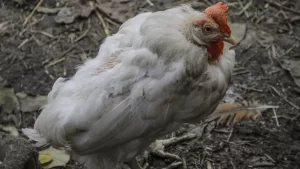
Management and Control of Coccidiosis
In addition to vaccination, several management practices can help control coccidiosis in poultry. Good hygiene and sanitation are critical for preventing the spread of the parasite. This includes regularly cleaning and disinfecting the poultry house, removing wet litter, and preventing the buildup of manure. It is also important to provide clean, dry bedding and to avoid overcrowding, as this can increase the risk of coccidiosis.
Treatment of Coccidiosis
If coccidiosis is suspected in the flock, it is important to seek veterinary advice for an accurate diagnosis and treatment plan. There are several medications available for the treatment of coccidiosis, including ionophores, which are commonly added to the feed or water.
It is important to follow the manufacturer’s instructions and to ensure that the correct dosage is administered to the birds. In severe cases, supportive care, such as fluid therapy and nutritional support, may be necessary to help the birds recover.
What are the Causes of Coccidiosis in Poultry?
Coccidiosis in poultry is caused by protozoa of the phylum Apicomplexa, family Eimeriidae. Most species affecting poultry belong to the genus Eimeria and infect various intestinal sites. The disease course is rapid (4–7 days) and is characterized by parasite replication in host cells with extensive damage to the intestinal mucosa.
Coccidia in poultry are generally host-specific, and the different species infect specific portions of the intestine. However, in-game birds, including quail, the coccidia may infect the entire intestinal tract. Coccidia is almost universally present in poultry-raising operations, but the clinical disease occurs only after ingestion of relatively large numbers of sporulated oocysts by susceptible birds (eg, those that are immunosuppressed and/or with concurrent disease).
Both clinically infected and recovered birds shed oocysts in their feces, which can contaminate the environment and infect other birds. Virtually every poultry flock raised on litter is affected by coccidiosis, a protozoan parasite infection, to some degree. Birds love to peck the litter and in doing so, they ingest the oocytes (parasite eggs) present in the manure of infected birds. Backyard flocks are often not provided with enough bedding material in the coop.
The more contact the animals have with fecal material, the greater the chance for them to develop serious coccidiosis. In summary, coccidiosis in poultry is caused by the ingestion of sporulated oocysts shed in the feces of infected birds. The disease is more likely to occur in immunosuppressed birds or those with concurrent disease.
wrap up
Coccidiosis is a common and potentially devastating disease in poultry that can lead to significant economic losses. However, with proper prevention and management, the impact of coccidiosis can be minimized.
This includes the use of coccidiosis vaccines, good hygiene and sanitation, and prompt treatment if the disease is suspected. By taking these measures, poultry producers can help ensure the health and productivity of their flocks.
Before you venture into poultry farming, beware of Coccidiosis in Poultry. It could be disadvantageous if you are not aware of it. Read the article again to understand and implement them.
